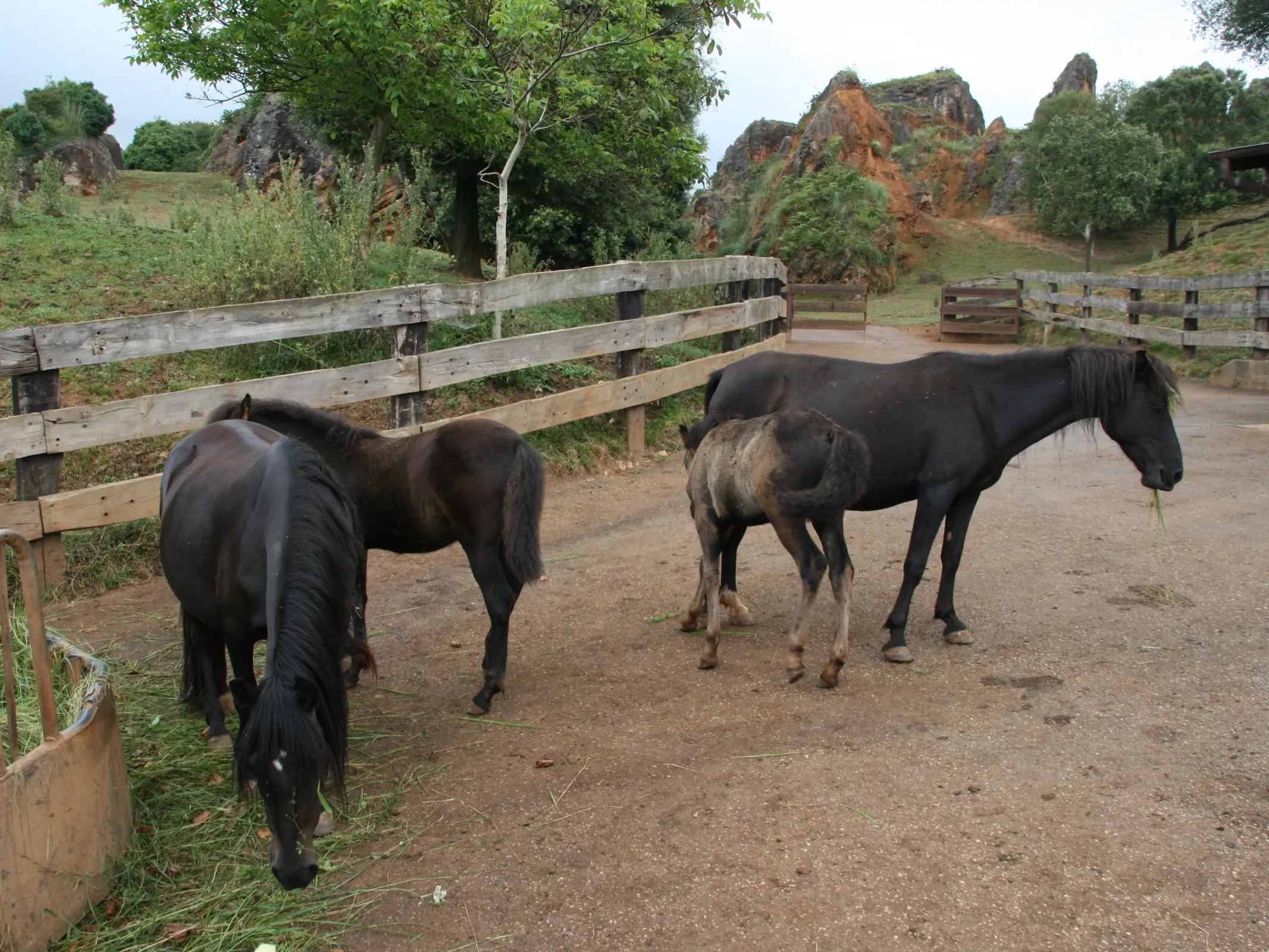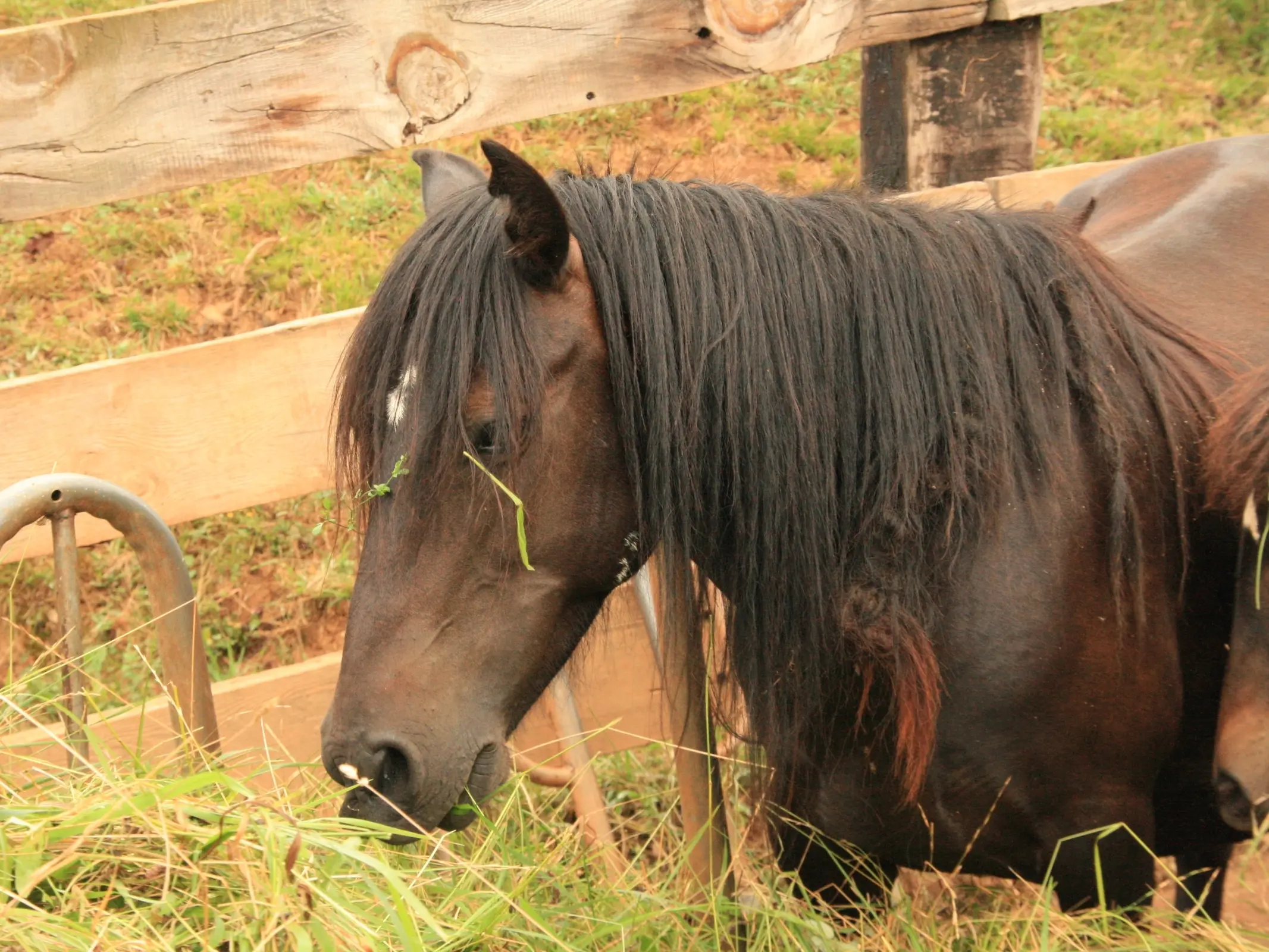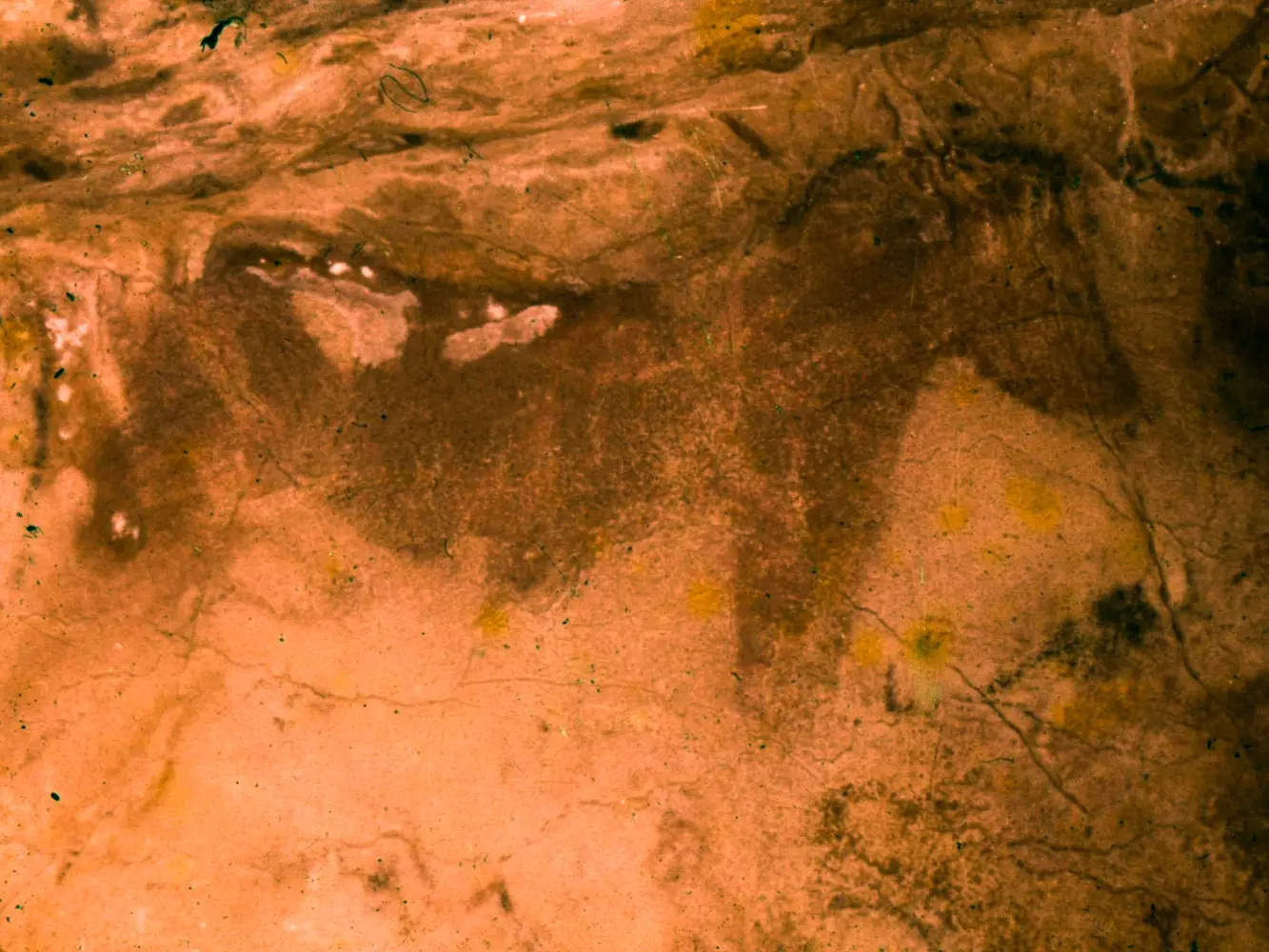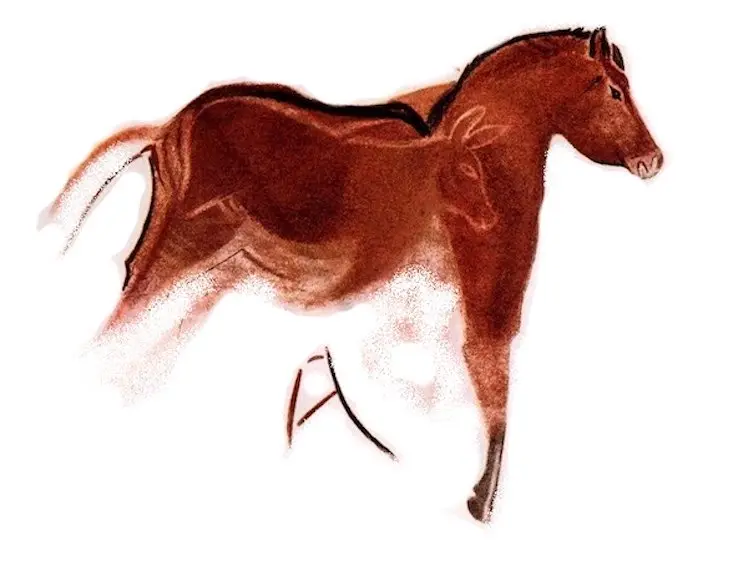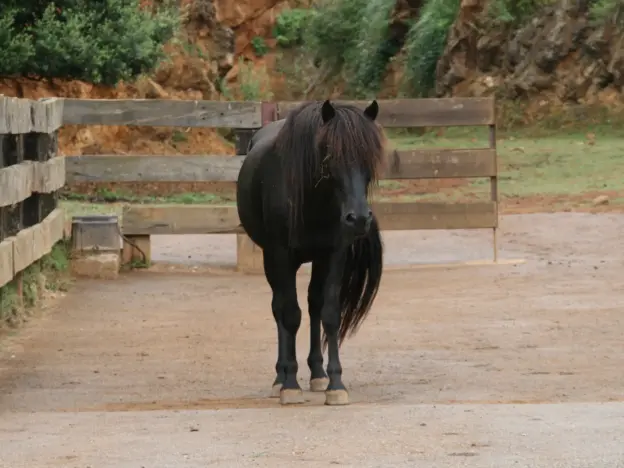Intro
In Cantabria there is a cave with Paleolithic era paintings and engravings of animals in the area. Altamira cave also has drawings of a horse and it is believed to be the ancestor of Monchina Horses.
Origins
This handsome little animal obviously has a long history in the region and while there has likely been dilution, their bloodlines are positively ancient. The word Monchino is used to describe a small woody bush which has no other use aside from burning it for fire. The bush and the pony are both found in the same area and this name could refer to their wild and aggressive state.
According to authors there are three equine populations native to the Iberian Peninsula that are precursors to current Spanish breeds.
Cantabrian
Small animals, generally under 10 hands with a concave profile. Considered the grandfather of smaller pony breeds including Asturcón, Galician Pony, Pottok and Jaca Navarra
Castilian
The Castilian horse has a straight profile and generally between 12.8-13.8 hands tall. From this type comes Losino and Sorraia horses
Andalusian
Finally is the Andalusian, generally taller than 13.8 hands with a convex or sub-convex profile. The original of current purebred Spanish horses.
The Tie In
Where the Monchino horse is concerned, it’s likely they come from crosses between Cantabrian and Castilian, with emphasis on the latter in terms of characteristics. Like all of the types above, they are robust, able to withstand extreme climates and survive on poor fodder. Their morphology also classifies them as a meat breed.
The Other Theory
With bloodlines so ancient, it’s hard to say where the Monchina Horse came from originally, but there is more than one theory. They could also have come from Celtic ponies imported by the English to work mines in the northern Iberian Peninsula. This could make them genetically more similar to Exmoor ponies than Iberian types.
Features
Average height 14.5 hands
Physique
Small, harmonious proportions
of small proportions, with a simple but
strong chest, the same as the neck.
Traditional Colors
Temperament
Wild animal, can be aggressive
Use
Meat production
Land management
Riding
Helpful Links
*All links open in a new window
Official Breeds Catalogue
More Images
